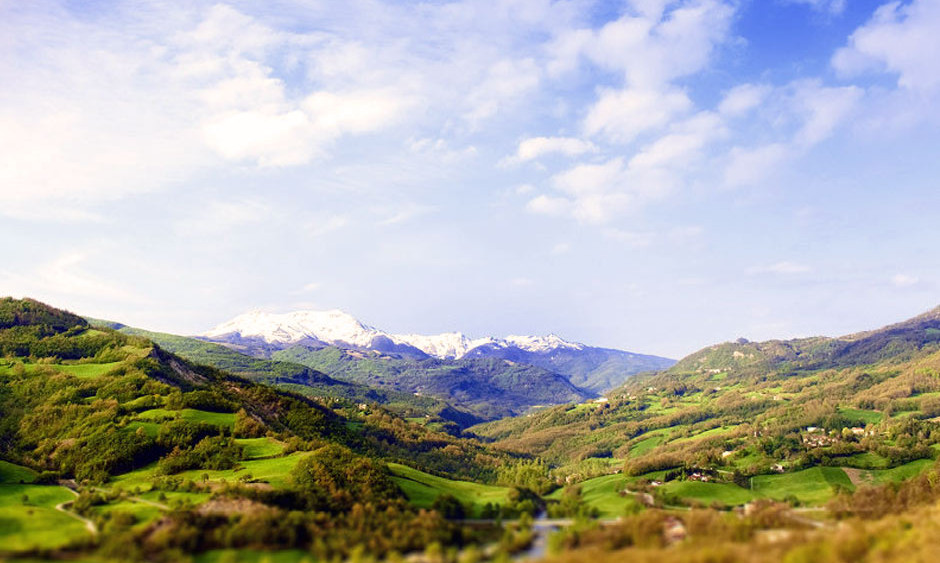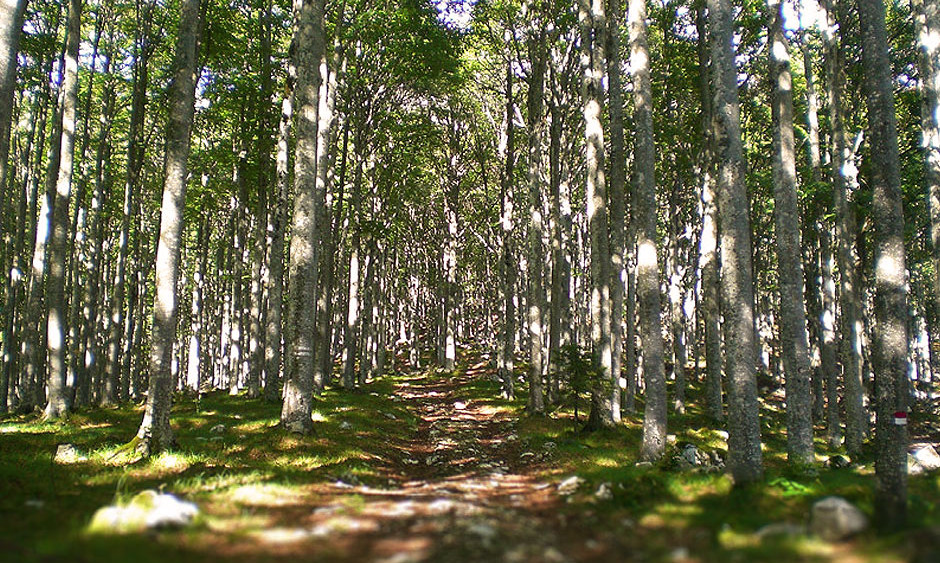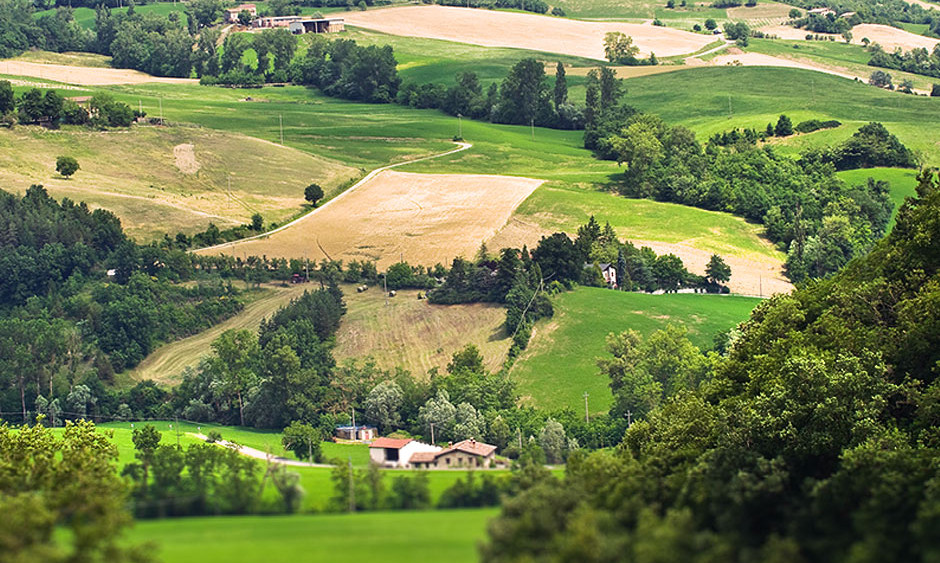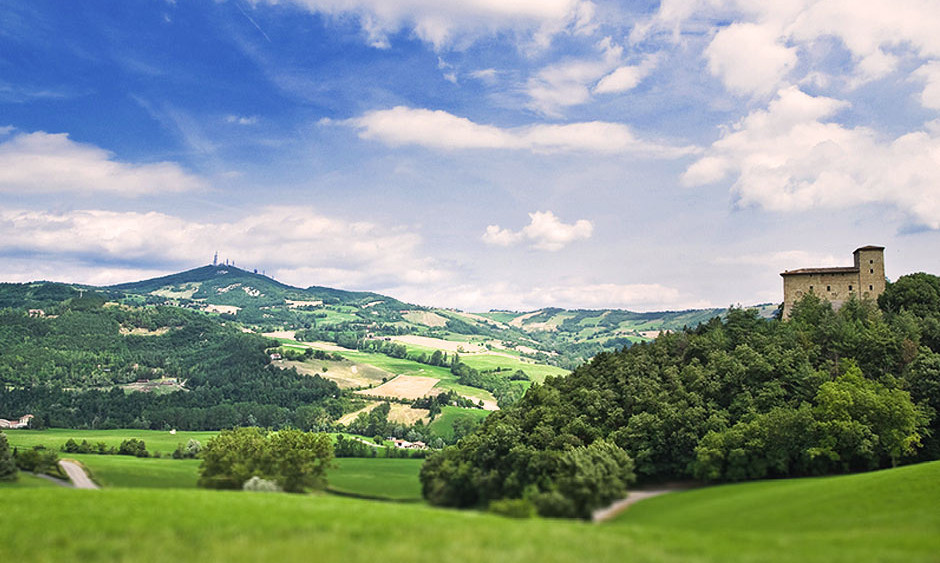Our concern has its seat in Langhirano, magic area with a great food tradition. A remarkable part of Parma ham is produced on the first hills of Langhirano. The particular microclimate making this area unique is an essential working ingredient.
Our historic presence on the territory as cured raw ham producers started in 1952 with grandfather Arnaldo Bonati. With a few others he started to produce raw hams in the area that one day would become the typical zone of Parma ham
(P.D.O.).
In Langhirano, today there are many ham factories registered at the Consortium of Parma Ham, established in 1963 to protect this precious product cured on “scalere” (fir wood frames). The ham fire-branded with the five-point crown can be cured only in a determined pre-hill and hill territory having these impassable boundaries inside Parma province: not less than 5 km south of the via Emilia up to a max. altitude of 800m, limited to the east by the Enza river and to the west by the Stirone river. The origin of Langhirano name, place of birth and transformation of the ham above others, is rather controversial. A curious tale wants the wording to derive from “Lago delle Rane” (Frog Lake). Some scholars think it derived from “Lago Ariano” and it would recall the marshy nature of the terrains and the high-medieval origin of the Longobard settlement. Others think it is an ancient name derived from the Emilian “langua” (tongue), with reference to a strip of land on which the origin medieval built-up area was established. In any case the importance of its geographical position became evident already in the centuries XII-XIII.
During the XII century the accession of the city of Parma started trying to limit the excessive power of the bishop in countryside: it is perhaps for this reason that part of the town militias stopped in Langhirano.
In the early 1400s the power of Rossi families increased progressively in the area. The Rossi became soon the owners of about a fifth of the whole Parmesan territory.
Langhirano remained one of the bishop’s feudal islands and there is the first evidence of Monday’s market during those years.
In 1500 a new époque was opened, characterized by the decrease of the defensive necessities, especially due to the importance of Farnese family in the dukedom of Parma and Piacenza.
In 1600 the Farnese granted the Langhirano fie to the Garimberti who kept it with the title of county till 1821. The actual Town Hall was built in the early 1600s thanks to them.
Towards the mid-1700s there was in the Parmesan territory, a wide commercial expansion of which, most of all the centres as Langhirano, took advantage.
In the early 1800s Langhirano was a rich village with 500 inhabitants. The environment was a fertile ground of innovative ideas; the participation of the inhabitants of Langhirano to the Risorgimento battles was very active and 28 of them participated to the Garibaldi’s campaigns from 1859 to 1871.
In 1800 the commerce of pork meat and ham curing increased, surely favoured by the presence of hostels and inns hosting pilgrims, travellers, traders and buyers gravitating around the market traditionally already since the Middle Ages.
With the beginning of XX century this activity started to have important economical characteristics, also thanks to the introduction of the productive process of the cold store and the replacement of the “store and trattoria” curers with the first equipped plants.
The Territory
January 31, 2014




